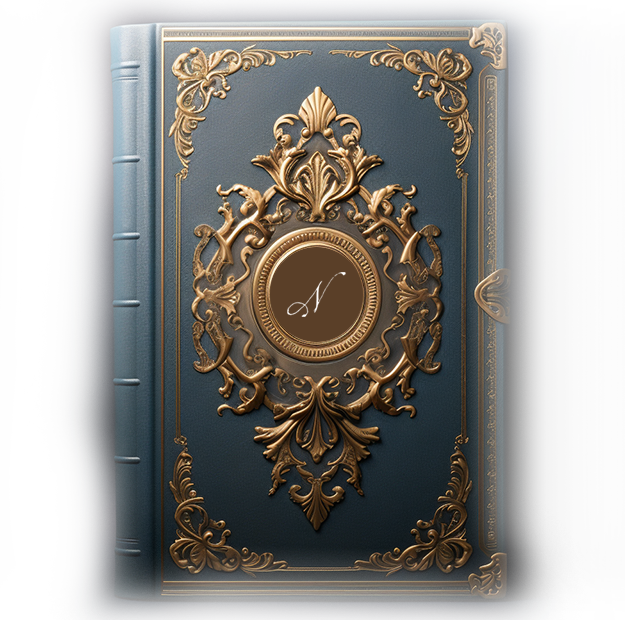
Nola’s Journal
Turn the page and turn it again. Everything old is new again. I wonder and I dream. I question and consider. With pen and ink I capture each fleeting thought and press it like a cherished flower in this journal.
Inquiring minds want to know: What is a ‘Pocket Venus’ and when did the term come into use?
 The term ‘Pocket Venus’ is often used in Regency and other romance genres to describe a short young woman who has perfect curves but in “miniature”. Kathryn Kane, in a posting on The Regency Redingote attests that this term has its origin in the mid-eighteenth century. (March 18, 2011.) Etymonline has quite a lot to say about the word “pocket” as both noun and adjective. (https://www.etymonline.com/word/pocket)
The term ‘Pocket Venus’ is often used in Regency and other romance genres to describe a short young woman who has perfect curves but in “miniature”. Kathryn Kane, in a posting on The Regency Redingote attests that this term has its origin in the mid-eighteenth century. (March 18, 2011.) Etymonline has quite a lot to say about the word “pocket” as both noun and adjective. (https://www.etymonline.com/word/pocket)
The word “pocket” as a noun has a long history. It can be traced back to German and French words in the 13th century to describe a small bag. In the 1580s we find the phrase, “to place in a pocket or in one’s pocket” which had the implication of appropriating something for one’s own use. often with implications of dishonesty, “to appropriate to one’s self or for one’s own use”), From this come the later terms “deep pockets” and its opposite, “pockets-to-let.”
The term “pocket money” seems to pop up around 1630. Once the word “pocket” as an adjective was out of the bag, so to speak, it began to be used in a variety of ways. (The phrase, “let the cat out of the bag” is also of somewhat ancient origin and will be the topic of another musing.) The term “pocket handkerchief” can be traced to the 1640’s. “Pocket Venus” reportedly appears around 1808, although I have yet to find documentation of this.
In Regency times, we find the term “pocket borough” in use by 1798. A pocket borough was a very small voting district under the control of one particular person or family. The term “rotten borough” is a synonym. The practice of controlling votes in the House of Commons in this way was technically outlawed by The Reform Act of 1832. However, there is a reference to pocket boroughs in Gilbert and Sullivan’s first work, “H.M.S. Pinafore, which premiered in 1878. The First Lord of the Admiralty, in explaining how he rose to his high rank sings,
“I grew so rich that I was sent
By a pocket borough into Parliament.
I always voted at my party’s call,
And I never thought of thinking for myself at all.”
In 1878, pocket boroughs may have been outlawed in England, but they were obviously still known as an important factor in British politics. Another legislative term using the term “pocket” is the phrase “pocket veto.” This is an American term that refers to a situation in which a bill fails to become law because the president does not sign it within the mandatory ten-day period and the bill cannot be returned to Congress for adjustments because Congress is no longer in session.
Getting back to our “Pocket Venus.” The work of describing characters is difficult. How much description is needed to make the character walk off the page and into the heart of the reader? When it comes to describing female characters, the term “Pocket Venus” is a lovely, short term which easily brings the character to life. However, how many “Pocket Venuses” can one present in one story? A village of Pocket Venuses? That could be an interesting story!
Where Do Ideas Come From?
 “That would be a great title for a book!” This is one of my favorite observations. For as long as I can remember, I have been saying this in response to one type of stimulus or another. It doesn’t mean that I want to write that book, but rather that I can see a germ of an idea in what someone has said or in something that I saw or read.
“That would be a great title for a book!” This is one of my favorite observations. For as long as I can remember, I have been saying this in response to one type of stimulus or another. It doesn’t mean that I want to write that book, but rather that I can see a germ of an idea in what someone has said or in something that I saw or read.
Where do writers get their ideas from? I was recently at a conference of romance writers. Several well-known writers made presentations as part of the conference. All of them addressed this question. Julia Quinn, the creator of the brilliant Bridgerton series, said that it takes her time to craft her ideas for stories. She mentioned, however, that Stephanie Laurens, the uber prolific Australian writer of the Cynster series, among others, always seems to be brimming with ideas.
I’ve been writing ever since I could hold a pencil. As I write this, I am looking up at two piles of notebooks filled over the years with story ideas, poems and stray thoughts that I thought might make good stories. Underneath my desk are two enormous binders with material for my Ravenscrofft stories. Every time I talk to my writing mentor, the eminent poet and artist, James W. Gaynor, (Jim) I come away with three more ideas for stories I absolutely MUST write immediately. I sometimes despair that even if I write for a hundred years, there will not be enough time in the world for me to write all the stories that are whirling around in my brain. After all, I can only write one or two at a time!
The best place for idea generation for me, bar none, is in my morning shower. I find that if I’m trying to work on a new story idea or untangle a particularly difficult plot point, I generally can do this in the shower. I am not really a morning person. However, I think that this is a benefit. I somehow get myself out of bed and into the shower. I stand under the hot water and my mind is more or less a blank. I rarely have much going on in my brain in the morning. As the water falls around me, I focus on the issue that needs to be thought through. There’s very little else competing for my focus. Almost always, the solution or the idea that I’m looking for arises out of some buried part of my consciousness. By the time I’m toweling off, I know what I have to write about and I can’t wait to get started.
When I was writing the Evil Earl in the first two Ravenscrofft novels, I spent a great deal of time in the shower. He was so evil! I knew he needed to die. But I didn’t want to kill him off! I kept trying to think of ways to redeem him. What’s a girl to do? As I often do, I asked Jim for his input. (Not when I was in the shower!) His response was classic. “The Earl will live on in flashbacks.” And so he does.
